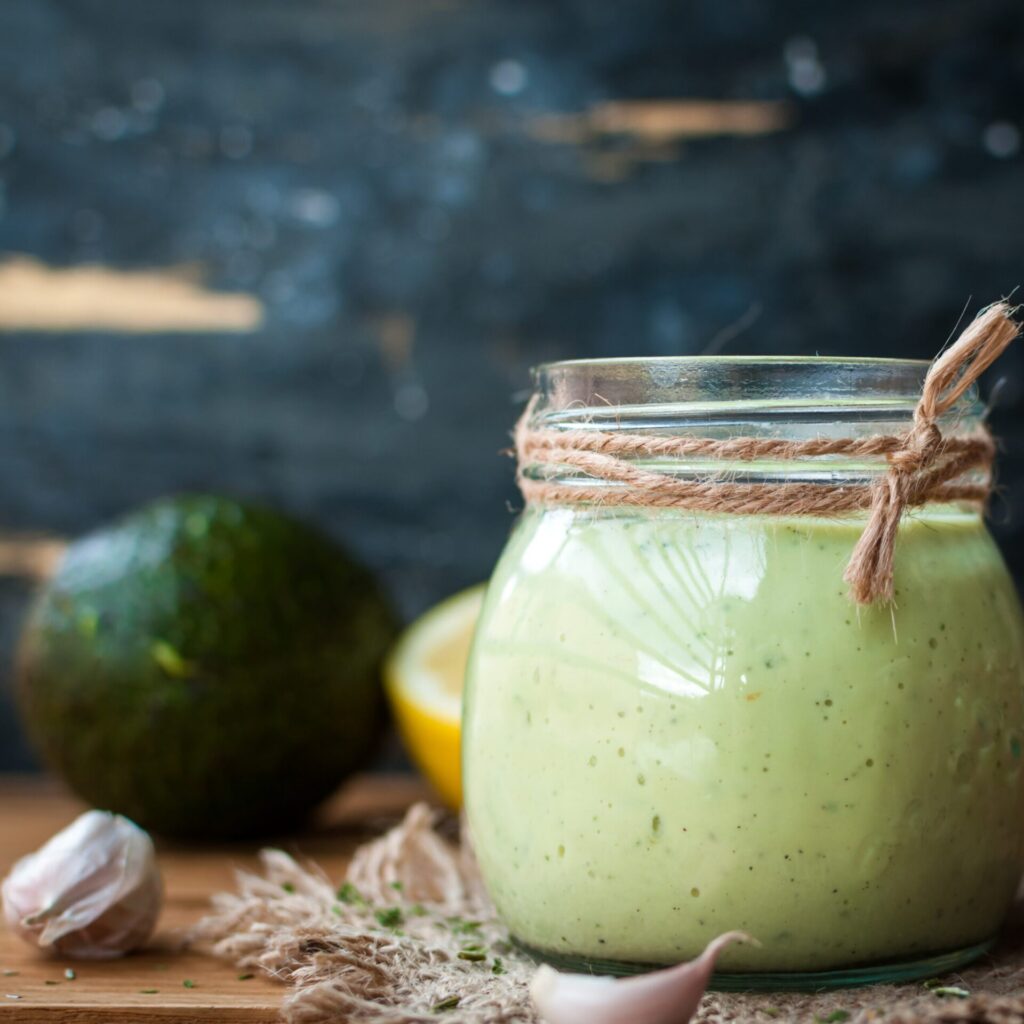Tame High Triglycerides Naturally: 4 Simple Techniques to Protect Your Heart
February is Heart Health Month, and while we often hear about cholesterol, another crucial factor in heart disease and stroke risk is triglycerides—the blood fat that can clog arteries when levels get too high. If your triglycerides are above 150 mg/dL, it’s time to take action. The good news? You don’t need drastic measures. By making a few simple tweaks to your daily routine, you can lower triglycerides naturally and improve your heart health significantly.
In fact, keeping your triglycerides in check can reduce your risk of heart disease and stroke by as much as 50%. Ready to take control? Here are four easy, research-backed strategies to bring those numbers down—plus two delicious recipes to get you started!
1. Sprinkle on Something Sweet: The Power of Cinnamon
Who knew that adding a little spice to your morning could work wonders for your heart? Research published in Diabetes Care found that just ½ teaspoon of cinnamon per day can lower triglyceride levels by up to 30% in 40 days.
Why Does It Work?
Cinnamon is packed with antioxidant-rich polyphenols, which help break down triglycerides before they build up in the bloodstream. The added bonus? It also reduces total cholesterol by 26%, helping your heart in multiple ways.
How to Use It:
• Stir ½ teaspoon of cinnamon into oatmeal, yogurt, or a smoothie.
• Sprinkle it on roasted sweet potatoes, apples, or even your morning coffee.
• Use it in baked goods or mix it into a homemade spice rub for chicken or fish.
Recipe: Cinnamon-Almond Energy Bites
A delicious, no-bake snack that supports heart health!
Ingredients:
• 1 cup rolled oats
• ½ cup almond butter
• 2 tbsp honey or maple syrup
• 1 tsp cinnamon
• ¼ cup chopped walnuts (for added heart-healthy fats)
• ½ tsp vanilla extract
Directions:
1. Mix all ingredients in a bowl until well combined.
2. Roll into small bite-sized balls and refrigerate for 30 minutes.
3. Enjoy as a snack or quick energy boost!
2. Creamy Swap-Outs: Avocado Instead of Mayo
Your sandwich spread may be doing more harm than good. Instead of mayo or sour cream, try using avocado—it’s a creamy, delicious alternative that lowers triglycerides by up to 27 points, according to a Clinical Lipidology meta-analysis.
Why Does It Work?
Avocados contain heart-healthy monounsaturated fats and fiber, both of which slow fat and sugar absorption in the intestines. This prevents triglycerides from spiking after meals.
How to Use It:
• Mash an avocado and spread it on toast or sandwiches instead of butter or mayo.
• Blend it into a smoothie for extra creaminess.
• Use it in place of sour cream in dips, tacos, or baked potatoes.

Recipe: Avocado-Yogurt Dressing
A creamy, heart-healthy dressing perfect for salads or grain bowls.
Ingredients:
• 1 ripe avocado
• ½ cup Greek yogurt
• 1 tbsp olive oil
• Juice of 1 lime
• 1 garlic clove, minced
• Salt & pepper to taste
Directions:
1. Blend all ingredients until smooth.
2. Use as a salad dressing, dip, or spread on sandwiches.
3. De-Stress with Simple, Everyday Tasks
Did you know that stress increases triglyceride levels? Chronic stress triggers cortisol production, which raises blood fats and contributes to inflammation. But here’s an easy fix: washing dishes, soaking in a warm bath, or even doing light housework can lower stress by 27%, according to a University of Florida study.
How to Make This Work for You:
• Turn dishwashing into a mindfulness exercise: Focus on the warmth of the water, the scent of the soap, and the movement of your hands.
• Take deep breaths while folding laundry or cooking.
• Listen to calming music while tidying up.
These small moments of intentional relaxation help keep triglycerides from creeping up due to stress.
4. Stand Up for 60 Seconds Every 30 Minutes
Think lowering triglycerides requires a gym membership? Think again. A study in Lipids in Health and Disease found that standing up and moving for just one minute every half hour can lower triglycerides by 5–15% in just one week!
Why Does It Work?
When you move—even for short bursts—your muscles burn triglycerides for fuel. Plus, breaking up long sitting periods prevents fat from accumulating in the blood.
Easy Ways to Move More:
• Set a timer to remind yourself to stand and stretch every 30 minutes.
• Take phone calls standing up or pace while talking.
• Do a few squats or calf raises while waiting for coffee to brew.
Even these tiny changes can make a big impact on heart health over time.
Bonus Tip: Fill Up on Beans
One of the best foods for lowering triglycerides? Beans! Adding just ½ cup of beans per day to your meals can reduce triglycerides by as much as 60%.
Why Are Beans So Effective?
Beans are rich in soluble fiber, which slows down the absorption of fat and sugar in the bloodstream. They also help improve gut health, which plays a role in metabolizing triglycerides efficiently.
How to Add More Beans to Your Diet:
• Toss black beans into tacos or salads.
• Add chickpeas to grain bowls or stir-fries.
• Stir white beans into soups or stews.
• Make a simple bean dip with olive oil, lemon juice, and garlic.
Final Thoughts: Small Changes, Big Results
Lowering triglycerides doesn’t have to be overwhelming. By making small, sustainable changes—sprinkling cinnamon on breakfast, swapping mayo for avocado, reducing stress, moving more, and eating more beans—you can cut your risk of heart disease and stroke in half.
Heart Health Month is the perfect time to start taking control of your good health! ❤️
Join the party for exclusive giveaways and never miss out on any of the fun. Share your email and join the family!
